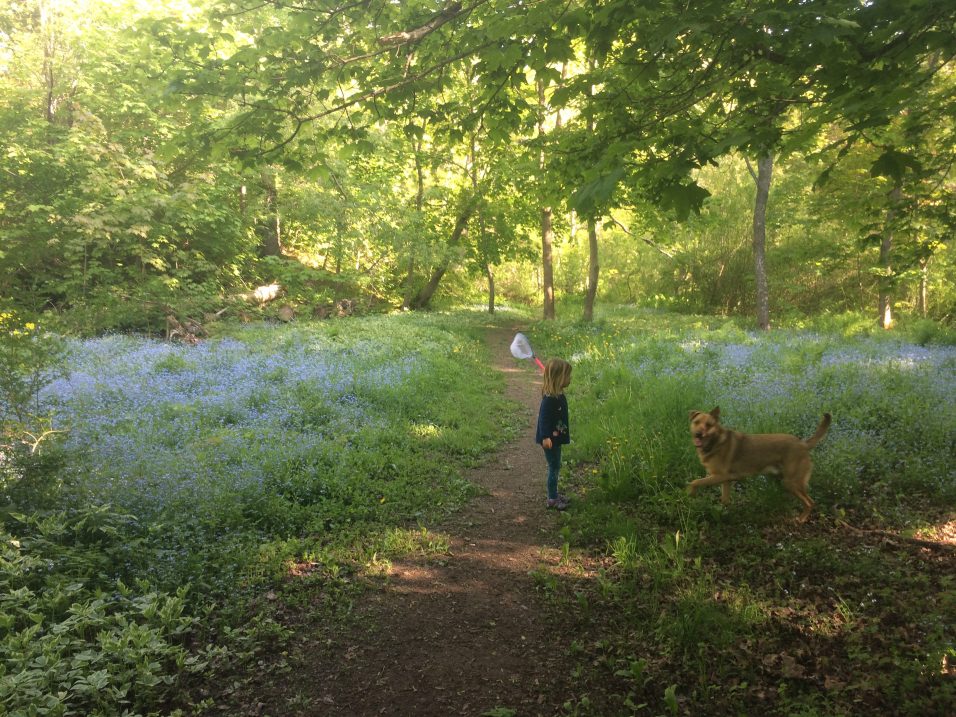What’s Growing at the Harriet Irving Botanical Gardens: Ticks
By Melanie Priesnitz, Conservation Horticulturist
Scary tales of ticks and lyme disease have been prevalent in the news lately. I see this as a good thing, as education is the first step towards prevention. What is unfortunate is that the media hype is scaring people. I’ve heard many folks say that they are afraid to spend time in the woods. There is no denying that lyme disease is a terrible thing, however staying indoors is not the answer. The average Canadian sits for 10 hours a day which can lead to its own serious string of health issues including heart disease, cancer, osteoporosis, and depression just to name a few.
254 Nova Scotians were diagnosed with lyme disease in 2015 and numbers are increasing. So how do we safely get outside and stay active during tick season? There are many ways to manage the risk. Most of us couldn’t imagine letting our kids ride their bikes without a helmet, it’s how we reduce the risk of head injury while still allowing freedom. We need to approach walking and playing in the woods in the same way. There are hazards everywhere, we need to approach them with rational heads and educate ourselves on prevention.
Blacklegged ticks carry the bacteria that can cause lyme disease. Not every tick carries it and not everyone bitten will be affected. The transfer of the bacteria can only happen after the tick has finished filling itself with blood, which usually takes up to 36 hours. So early detection is key. Get yourself and your family in the habit of doing tick checks. Showering a few hours after coming inside helps remove any crawling creatures. There are numerous essential oils derived from plants that may work as deterrents including lavender, tomato leaves, rosemary, lemongrass, and garlic.
Blacklegged ticks prefer to live in cool, damp areas such as in long grass in shady areas. They are less likely to be found in full sun, dry areas. If you’re worried about ticks in your yard there are some simple landscaping practices that you can implement such as removing brush piles, keeping play areas in full sun and choosing plants that thrive in drier conditions. The government of Nova Scotia has a website that contains a landscape manual on how to help deter ticks from your yard. It also has practical tips on reducing the risk of infection. novascotia.ca/dhw/cdpc/lyme.
My favourite way to manage the risk while still feeling safe to work and play outside is to adopt the very fashionable habit of wearing long pants tucked into my socks, help me make it a local fashion standard! Teaching our children not to be afraid of the great outdoors is essential to their mental and physical health. Talk to your kids about how to protect themselves against ticks and then let them play outside! To learn more about the dangers of living a sedentary life visit getcanadastanding.org. Kids and dogs are welcome on Acadia’s Woodland Trails. To download a trail map visit botanicalgardens.acadiau.ca.

